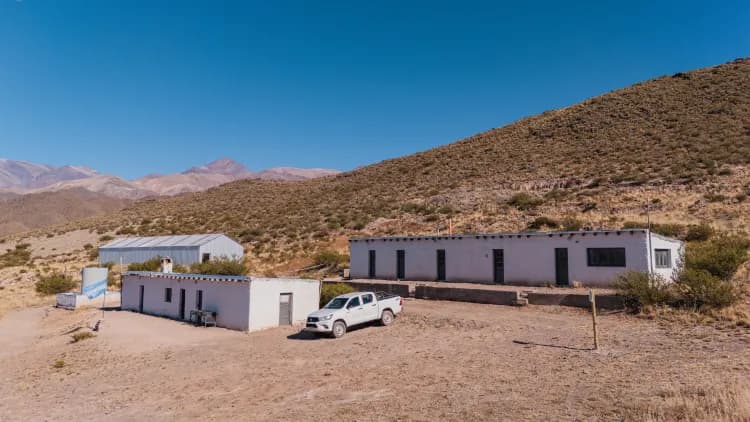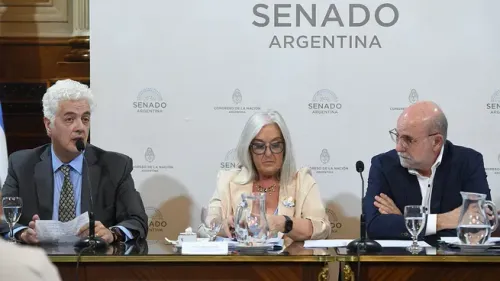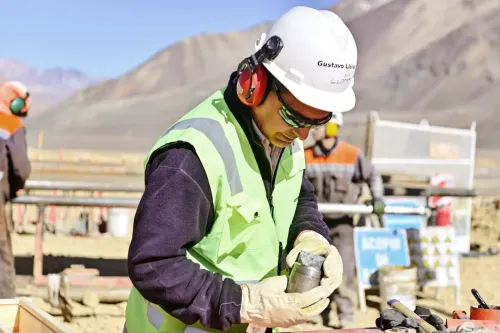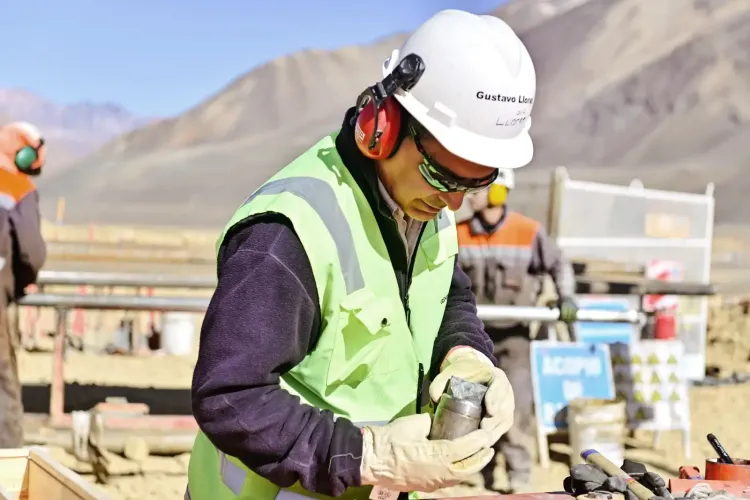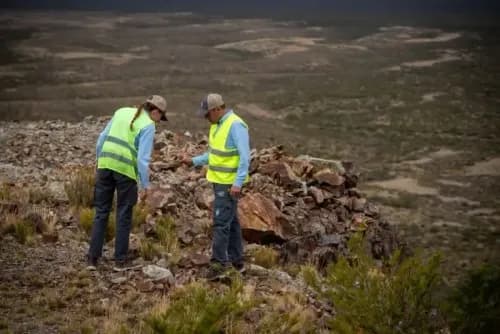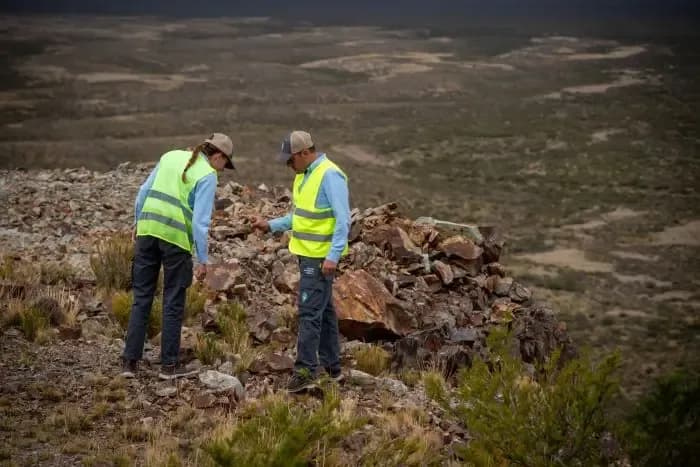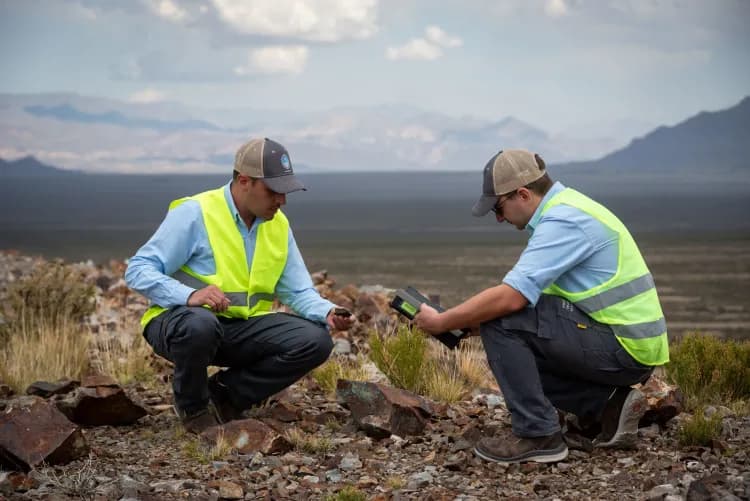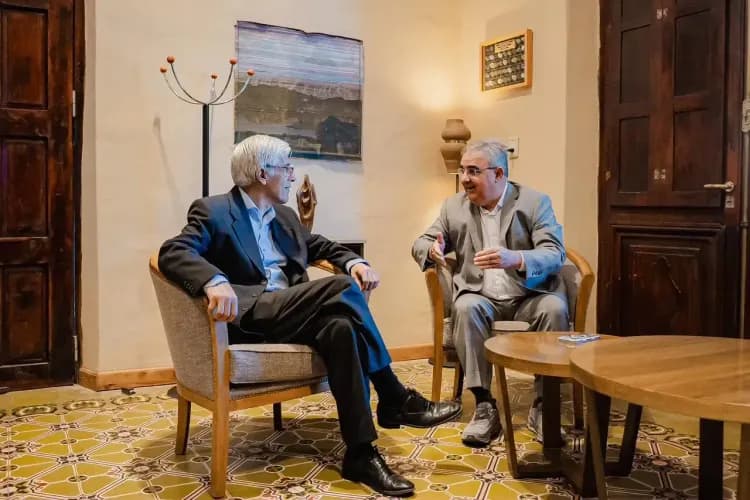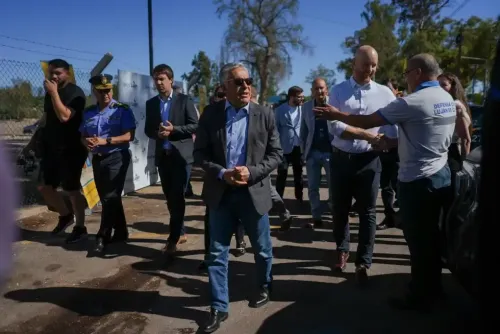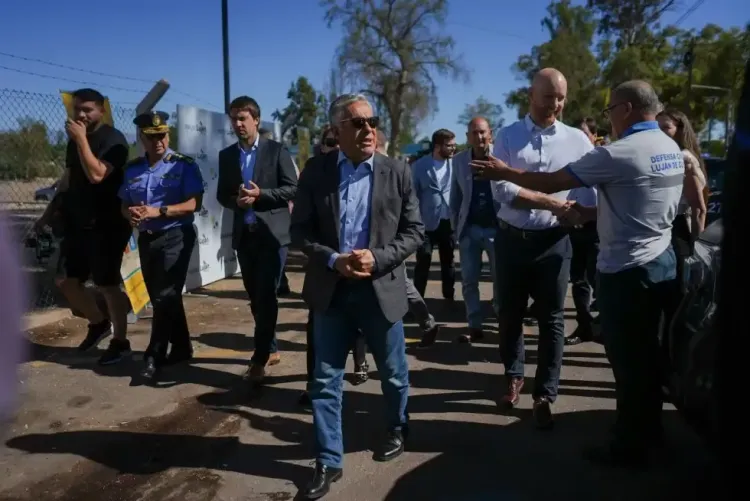Argentina, with great potential to develop its Andean porphyries.
By Alejandro Colombo
Few metals like copper have such a bright present, but above all, an even more promising future, given that it is strategic, irreplaceable, and has unique properties. Copper is a key player considering the global push for a cleaner planet.
According to the Chilean Copper Commission (COCHILCO), copper demand grew from 15 million tons (MT) in 2003 to 27.5 MT in 2023; China, the largest consumer of minerals and metals, multiplied its demand from 3 MT to 16 MT. This rapid growth presents serious challenges for the supply of the red metal, as the discovery rate of new projects has decreased compared to past decades.
Can Argentina take advantage of this situation? Our country, with Bajo de la Alumbrera alone, reached an annual production of up to 0.2 MT, accounting for 1.5% of global production. After twenty years, Bajo de la Alumbrera ceased its operations, and Argentina stopped producing copper.
The metal in question represents a huge opportunity for Argentina. Our country hosts some of the largest undeveloped projects globally, with production projected to last decades, thus multi-generational. The approval of the RIGI law has created a favorable framework for the arrival of major mining players, alongside the establishment of the Copper Table and the stabilization of the macro economy.
As of September 2024, and based on the analysis of over twenty projects at various stages of development, the National Mining Secretariat identified 75 MT of copper resources, requiring a total CAPEX of around US$16.7 billion. This scenario would allow for annual exports worth US$7 billion, while projecting annual production of around 1 MT of copper. Projects like Josemaría (Lundin Mining), Filo del Sol (Filo Corp., in the process of merging with Lundin Mining and BHP), Pachón (Glencore), Altar (Aldebaran), and Los Azules (McEwen Mining) in San Juan province, MARA (Glencore) in Catamarca province, and Taca Taca (First Quantum) in Salta province, among others, are set to be the main players in Argentina's copper industry for several decades, with significant economic and social impacts on the communities where they are located.



